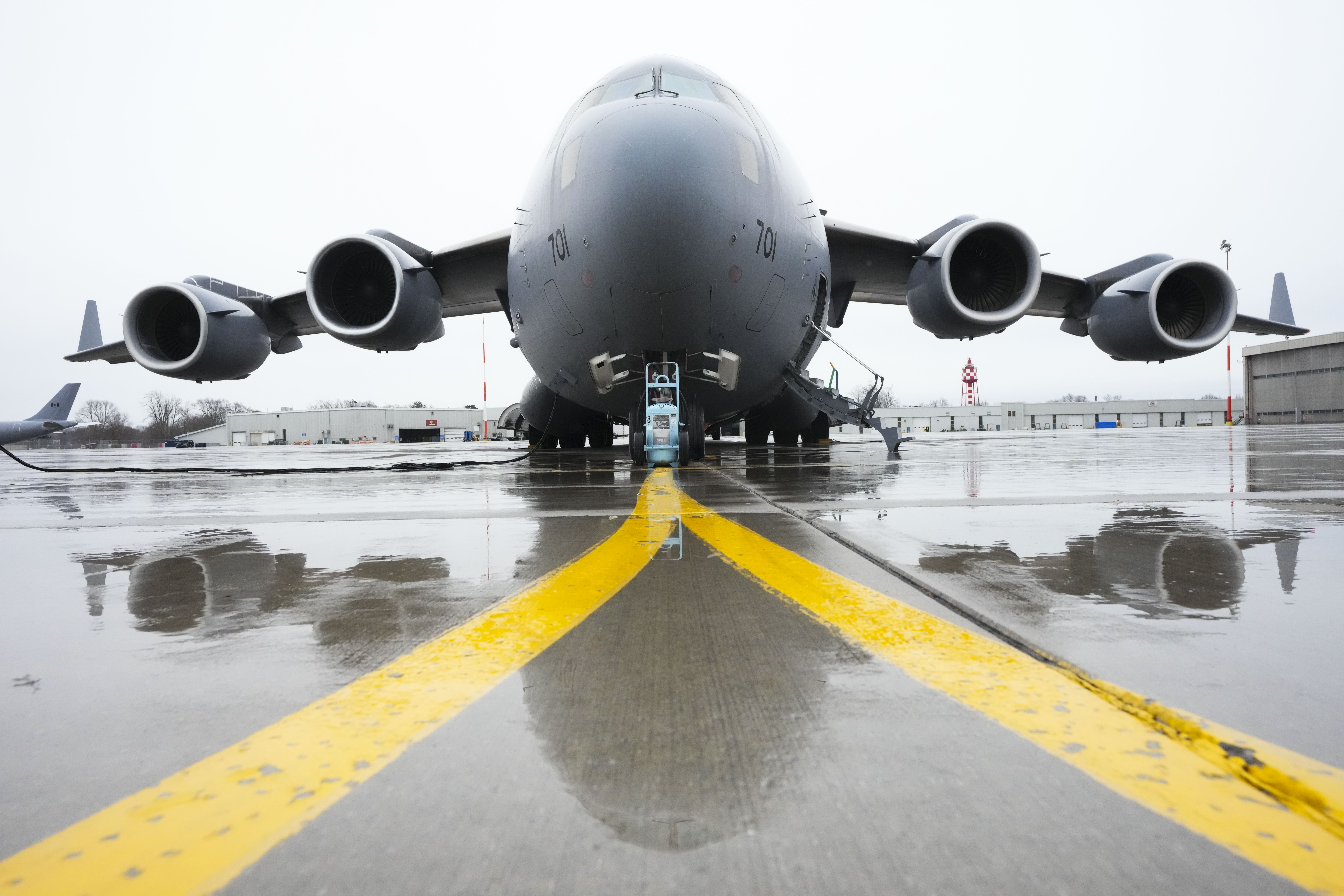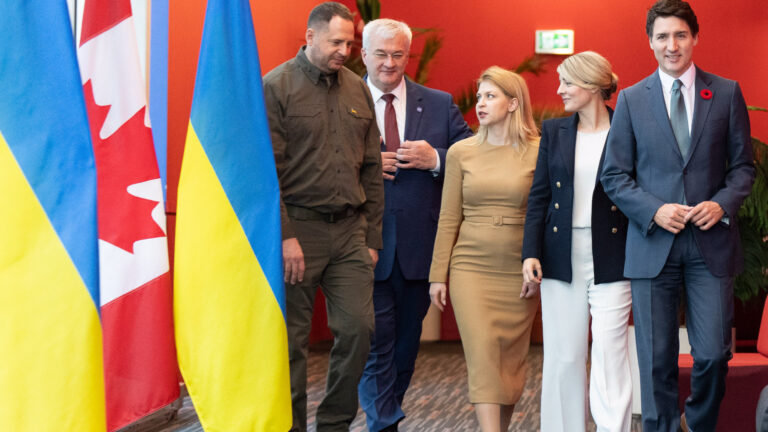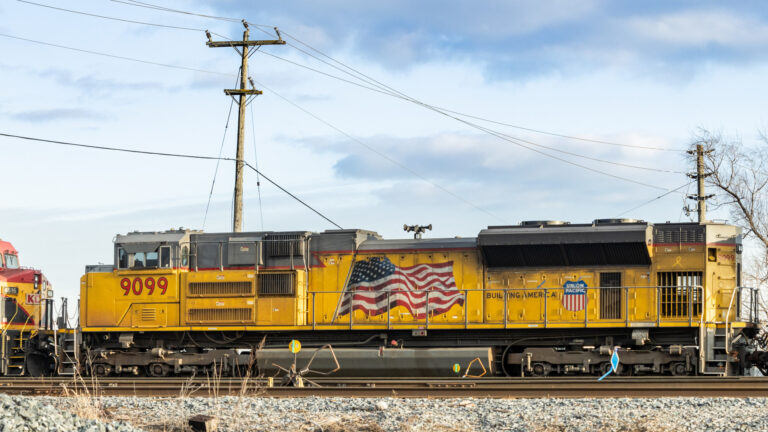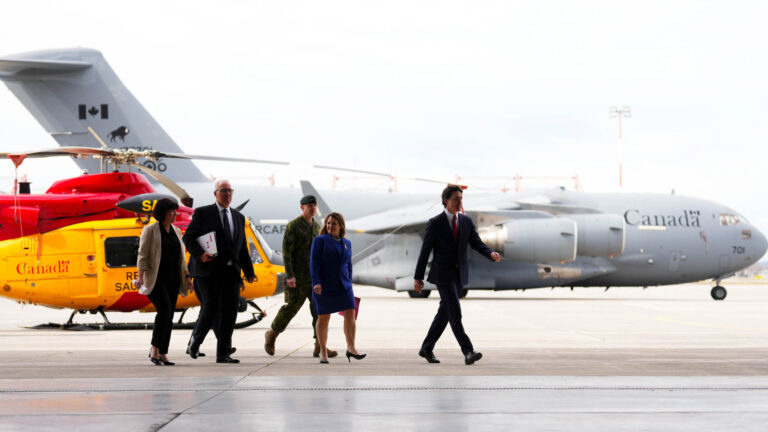It is time to put to rest the idea that Canada and its allies are not at war with Russia. Ongoing debates regarding the dangers of a no-fly zone miss the point. Canada and its NATO allies do not need to intervene directly in this conflict – nor must they issue a formal declaration – to be at war with Russia. Indeed, by NATO formally stating it would not impose a no-fly zone, the alliance has created the impression that everything short of that might be reasonable and less risky. In reality, those alternatives are equally confrontational and counterproductive.
This conclusion is evident not only in the unprecedented economic, political and military actions that Canada has taken against Russia; it is also evident in strategies of warfare that are at the root of this conflict. Those strategies operate within a grey zone to remain below the threshold of a direct attack which could have a legitimate conventional military response (“jus ad bellum”). In regard to the political and economic instruments of war now in play, international legal guidelines are weak or absent. In turn, this weakness has created a permissive environment for – and normalized – the use of unconventional grey-zone techniques and strategies.
Canada and its allies are using techniques associated with hybrid warfare based on the understanding that engaging Russia directly may trigger a nuclear confrontation. Hybrid war’s strength derives from its societal impact, its ability to destabilize conventional statecraft and its weakening of political resolve and economic capacity – against which there is no effective military solution. Western governments are operating from the belief that using unconventional instruments of war can serve two ends. They are assumed to be inherently less costly and they are assumed to be a deterrent. Neither of these conclusions appear to be true. The West has never confronted a nuclear power with this debatable approach before now, yet is persisting.
Confrontation between Russia and Canada has reached the point where Russia has banned Prime Minister Justin Trudeau and the majority of Canadian parliamentarians from entering Russia. This in response to even more Canadian sanctions announced on Tuesday. Diplomatic relations between our two countries are dead.
The Canadian approach to the unconventional warfare strategy NATO has adopted in response to the Ukraine crisis has been threefold.
First, economic instruments primarily in the form of deep and sweeping sanctions are raised to the equivalent of war-fighting with the intent of bringing direct harm to the Russian people. Article 33 of the 4th Geneva Convention prohibits punishment of people who are themselves not responsible for conducting or participating in a war. Whether Article 33 applies in this particular instance ultimately rests on whether the sanctions and other forms of economic punishment such as the withdrawal of most-favoured-nation trade status are targeted at individuals or universally applied. In this regard, the meaning of UN Charter Article 2(4), specifically about the use of force has slowly and erratically changed to incorporate war-fighting using non-military coercion that never passes the threshold of war. In a grey-zone conflict, there is no real hierarchy between economic and military issues among states. Both are treated equally as weapons of war in contemporary politics.
Second, Canada has put its full support behind contributing to the war by permitting “volunteers” to join with Kyiv’s forces. A few Canadian volunteers have been fighting in Ukraine since 2015. Ottawa went further by warning Canadians who decide to fight for Russia in Ukraine that they could face severe consequences – even as it acknowledged uncertainties about whether it is legal to bear arms for the Ukrainian side.
In response, Russia intends to mobilize some 16,000 fighters from Syria to aid Moscow’s warfighting in various hotspots. Volunteers will be paid $3,000 per month to go to Ukraine. Likely, many of the “mercenaries” who will go to Ukraine are well-trained former military personnel because the salary promised to them in Ukraine is 50 times higher than in the Syrian military. The likely consequence of the deployment of these volunteers is the widening and escalation of violence.
To date, Canada has provided enough volunteers to constitute an entire battalion. Canada has already committed special forces to Ukraine, though their exact purpose and location are unknown. Typically, special forces are used in search-and-destroy missions as was the case in Mali and Afghanistan. Those Canadians are now part of 20,000 foreigners from 52 countries fighting alongside Ukrainian forces.
Considering that modern warfare relies considerably on sub-state actors for kinetic and non-kinetic operations, there are very few legal provisions on how to regulate the behaviour of non-state groups such as volunteer militias or even those that are not legally endorsed, such as special forces. The basic conundrum regarding these volunteers and special forces within the law of armed conflict (LOAC) is a problem of connecting their actions with their state sponsors. Legal scholars and policy-makers have yet to provide a consensus regarding standardized guidelines or procedures to prove attribution that would decisively warrant specific retaliatory measures. A complicated issue associated with this is the virtual intrusion through cyberwarfare by non-state groups, the composition of which may be defined, and therefore protected, as civilians under the Geneva Conventions of 1949 Article 51 (3) additional Protocol I.
If such non-state groups should indeed be treated as civilians under international law, actions taken against the alleged state perpetrators of cyberwarfare cannot constitute “collective punishment.” Article 33 of the 4th Geneva Convention highlights that only those directly responsible for engagement in conflict can be the subject of such a penalty. In other words, the punishment of the civilian population, whether through economic sanctions or kinetic retaliatory measures, is not an option from a legal perspective.

A third grey-zone strategy deployed by Canada and NATO to fight Russia below the threshold of direct confrontation is the shipment of small arms, vehicles and anti-aircraft and anti-tank weapons to Ukraine. In fact, this is the single largest “‘arms push” by the West since the end of the Cold War. Moreover, the U.S Congress recently approved another US$13.6 billion package for Kyiv. Canada has provided anti-armour weapons, small arms, ammunition and field clothes to Ukrainian fighters. The shipment of arms has not shifted the balance of power in favour of Ukraine yet, but it ensures that Moscow pays a higher price for its operation than it initially expected in terms of military personnel and equipment losses.
Alongside the shipment of arms, NATO allies including Canada are supporting the information backdrop, or propaganda as if these countries have made a formal declaration of war to help Ukraine’s fight against Russia. For example, social media platforms such as Twitter are not neutral sources of information but are clearly biased in favour of Ukraine’s struggle, overlooking the misinformation and disinformation that casts Russia and its allies such as China in an unfavorable light. Even Western “open source intelligence” based on this kind of social media is partial to Ukraine’s war effort.
These information tools and tactics are unlikely to shift the balance of power decisively in favour of Ukraine, but they are a way for NATO to impose costs on Russia without directly engaging in war-fighting. For example, on March 9, U.S. Secretary of State Anthony Blinken and British Foreign Secretary Elizabeth Truss honoured the “heroism” of military and non-state “defenders” of Ukraine. Whether through arms shipments or information space, providing support to the Ukrainians has thus far resulted in the escalation and lengthening of violence. Ultimately, looking at the current state of the conflict, those bearing the greatest cost are Ukrainian civilians who find themselves caught on the violent battlefield.
From Moscow’s perspective, these strategies are meant to erode its authority across its “traditional sphere of influence.” Since the end of the Cold War, Moscow’s ability to exercise power across the post-Soviet region has been declining as Western powers became increasingly assertive around Russia’s borders, whether through NATO enlargement or other political pacts. In other words, Russia is likely to continue to absorb high economic costs and to maintain its operation as it attempts to preserve influence over a territory it considers to be essential to its own security.
In essence, Canada and its allies are embarking on uncharted territory with unintended consequences. The problem is that Canada is stuck. Unwilling to confront Russia directly through military means Canada has chosen a path which at face value seemed prudent before the war started. As the cost of engagement in conventional military operations increases, the grey zone becomes increasingly important for the exercise of power and overall interaction between states. Unfortunately Canada’s unconventional measures are clearly having global consequences – something which policy-makers did not anticipate or ignored with devastating effects. We are witness to the destruction and collapse of not just one but possibly two states on Europe’s doorstep.












